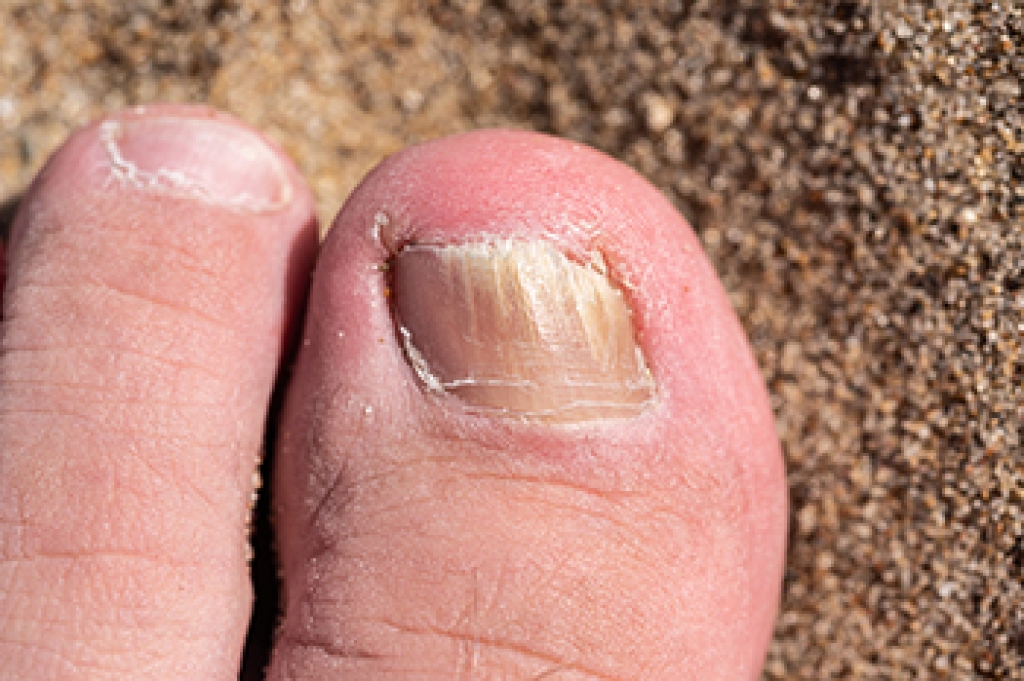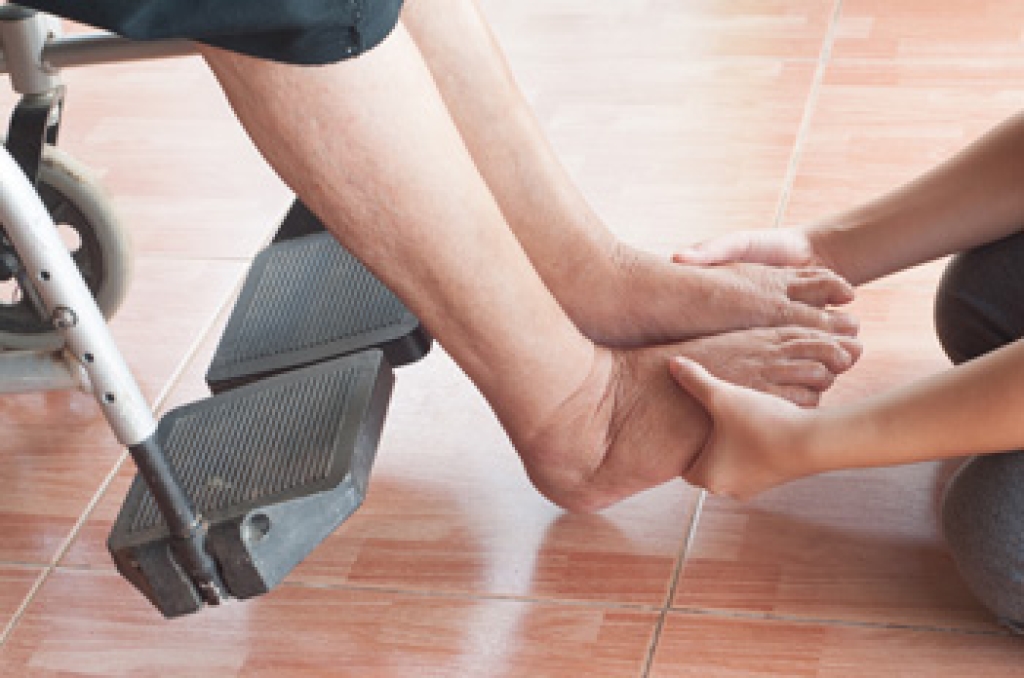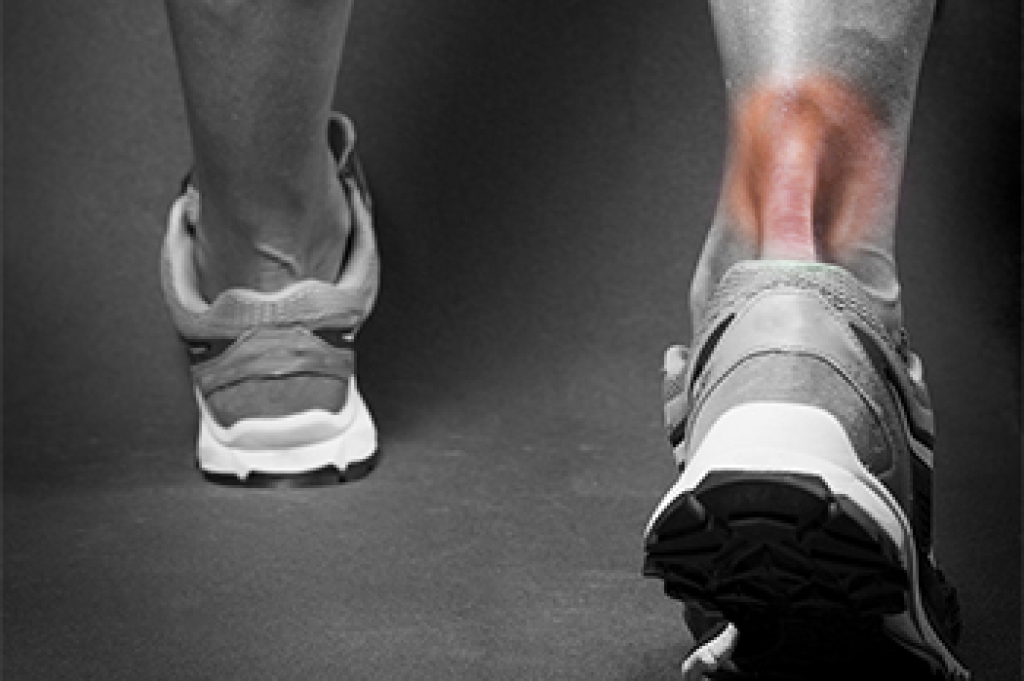
Toenail fungus is a common condition that often leads to thick, discolored, and brittle nails that can become difficult to trim and uncomfortable in shoes. It is usually caused by fungi that thrive in warm and moist environments such as communal showers or sweaty footwear. These infections may make the nail look yellow, chalky, or crumbly, and some nails may lift from the nail bed or develop an unpleasant odor. Thick toenails can feel tender, tight, or pressured, especially when wearing shoes. A podiatrist can begin by evaluating the nail to confirm the presence of fungus and rule out other conditions such as psoriasis or trauma. Treatment may include debridement to reduce thickness, topical or oral antifungal medications, and guidance on prevention and hygiene. If you notice persistent changes in your toenails, it is suggested that you make an appointment with a podiatrist.
If left untreated, toenail fungus may spread to other toenails, skin, or even fingernails. If you suspect you have toenail fungus it is important to seek treatment right away. For more information about treatment, contact Paul Hutchison, DPM of Hutchison Foot Clinic. Our doctor can provide the care you need to keep you pain-free and on your feet.
Symptoms
- Warped or oddly shaped nails
- Yellowish nails
- Loose/separated nail
- Buildup of bits and pieces of nail fragments under the nail
- Brittle, broken, thickened nail
Treatment
If self-care strategies and over-the-counter medications does not help your fungus, your podiatrist may give you a prescription drug instead. Even if you find relief from your toenail fungus symptoms, you may experience a repeat infection in the future.
Prevention
In order to prevent getting toenail fungus in the future, you should always make sure to wash your feet with soap and water. After washing, it is important to dry your feet thoroughly especially in between the toes. When trimming your toenails, be sure to trim straight across instead of in a rounded shape. It is crucial not to cover up discolored nails with nail polish because that will prevent your nail from being able to “breathe”.
In some cases, surgical procedure may be needed to remove the toenail fungus. Consult with your podiatrist about the best treatment options for your case of toenail fungus.
If you have any questions please contact our office located in Memphis, TN . We offer the newest diagnostic and treatment technologies for all your foot and ankle needs.




